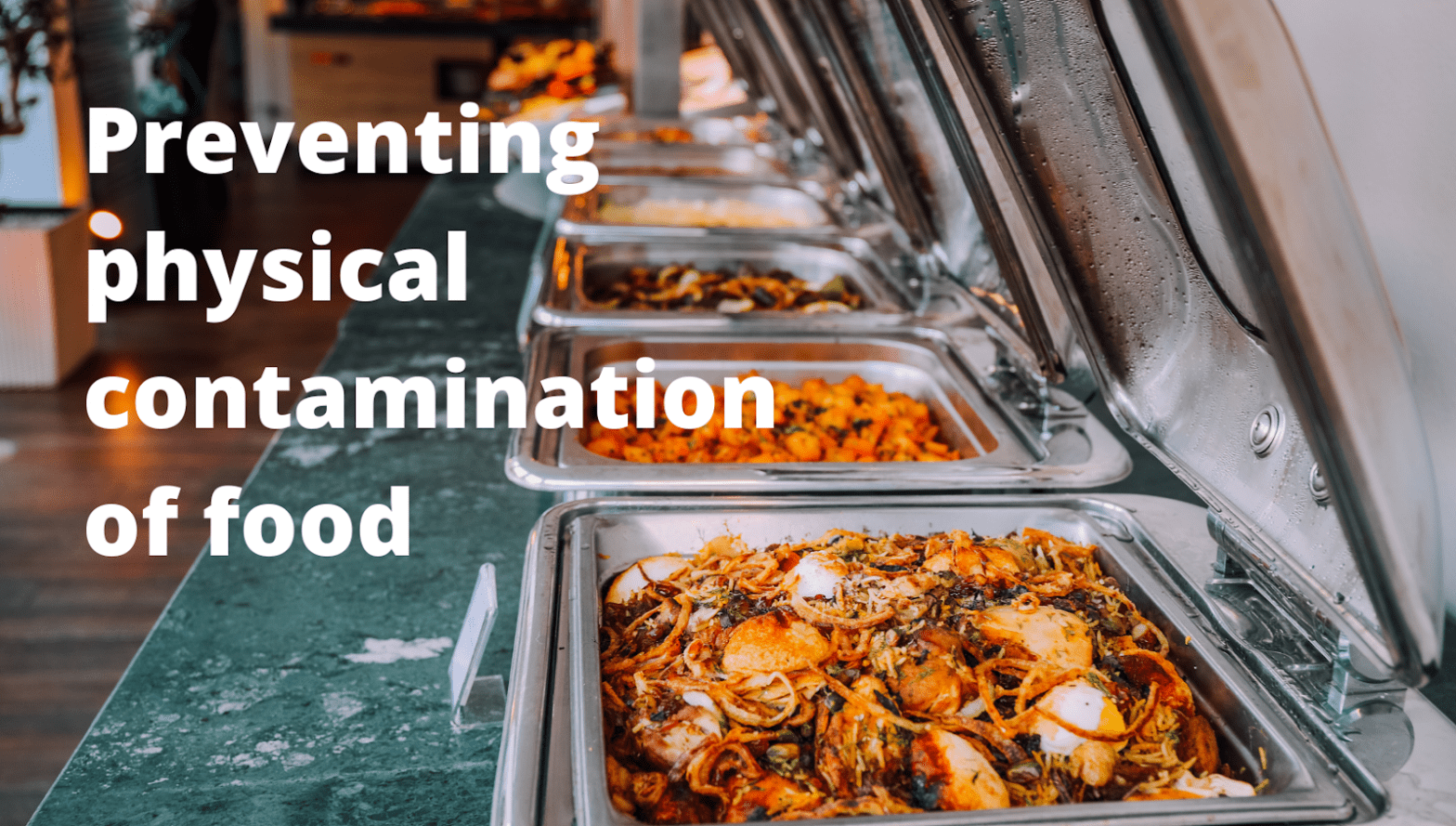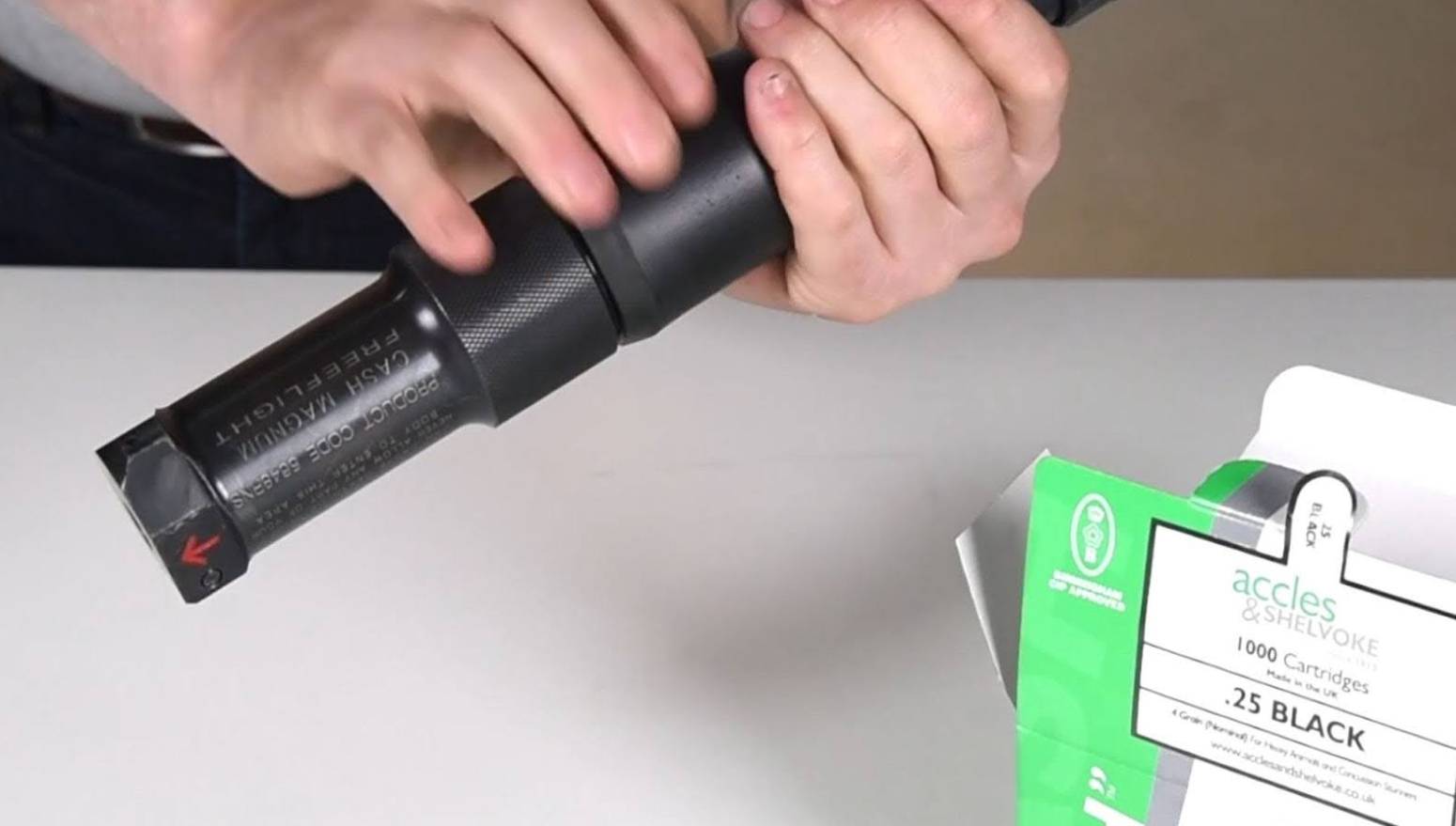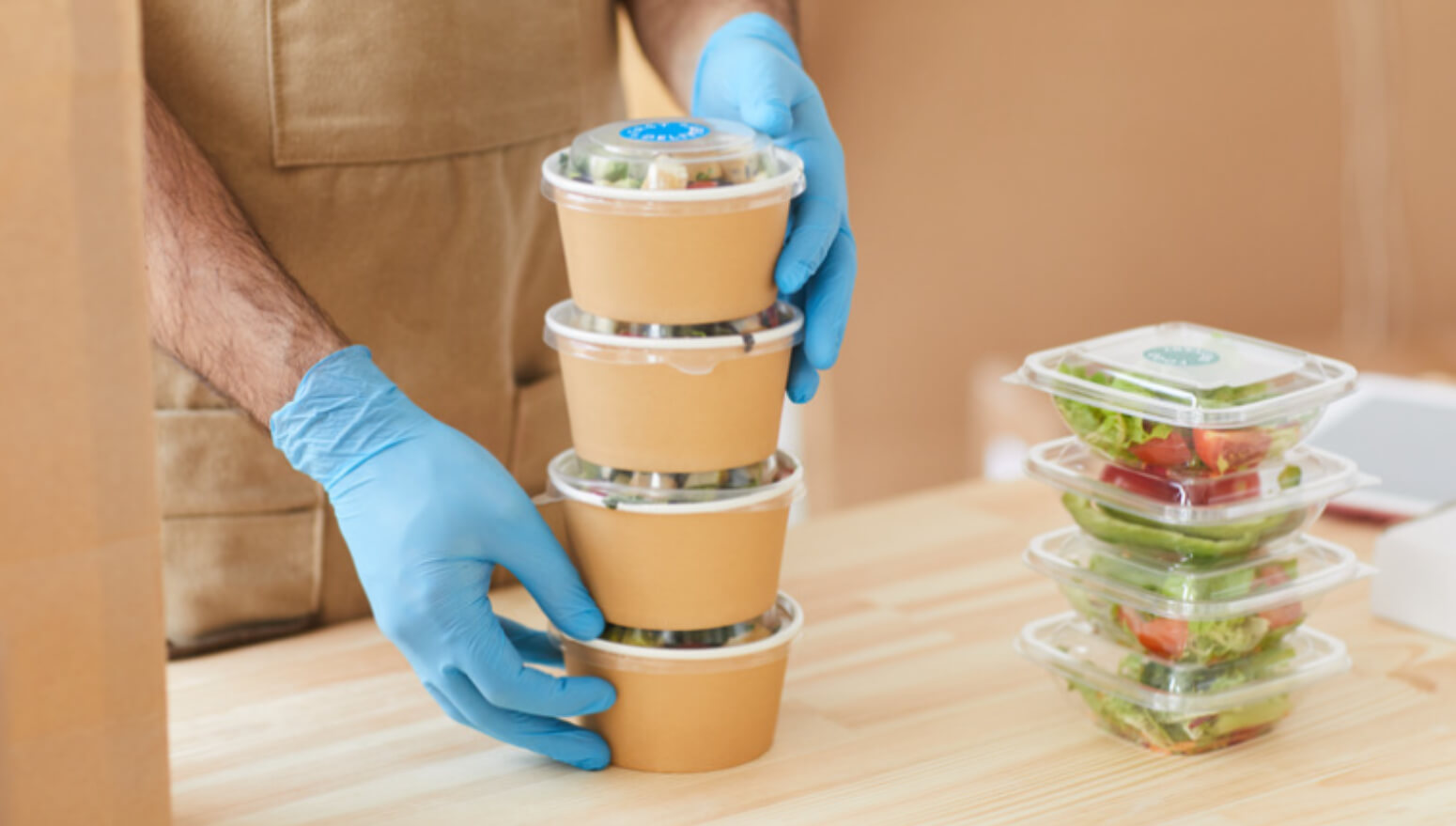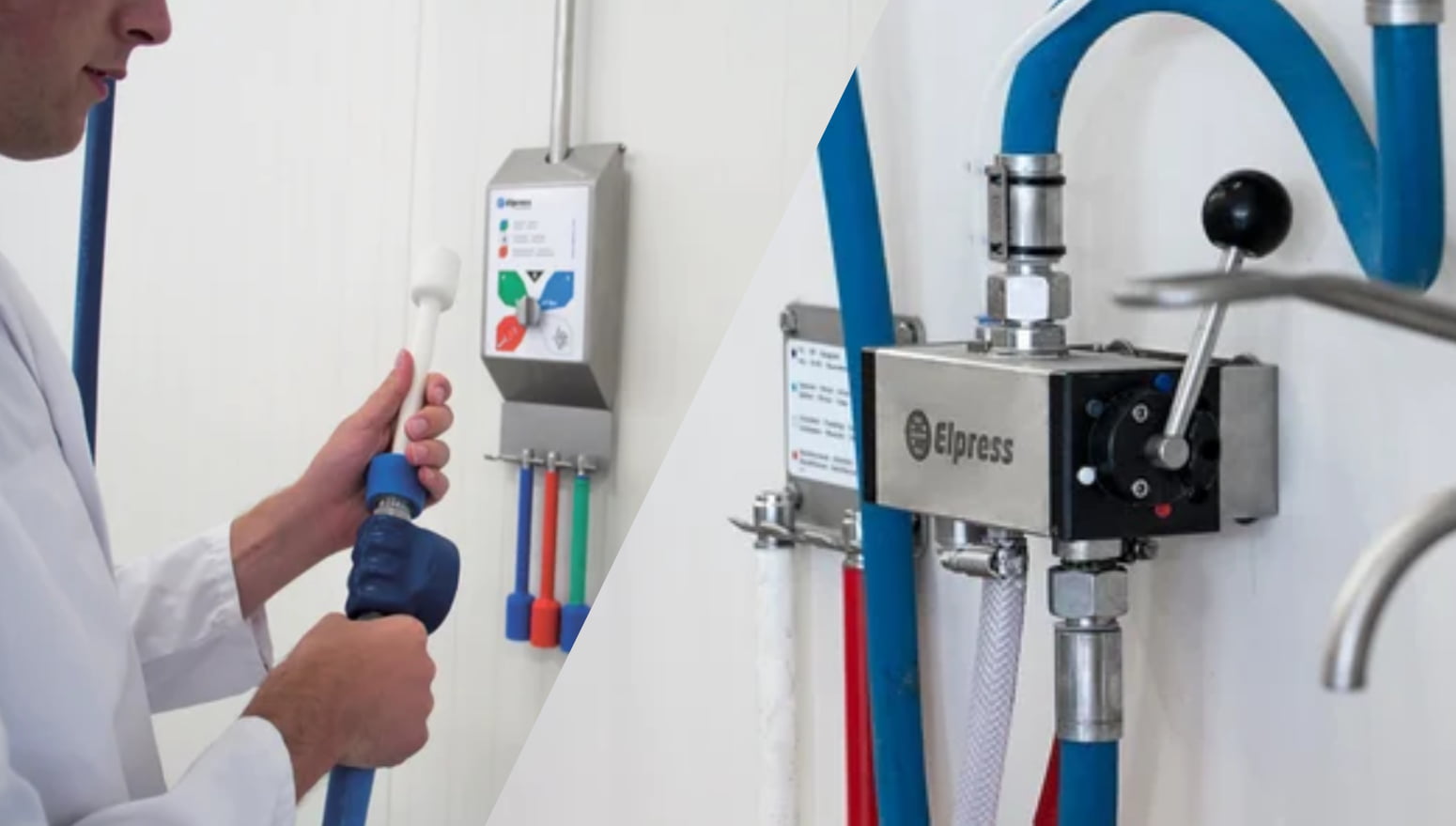Food safety is of the utmost importance to processors and food businesses, not only because of the risk to human health but in terms of business reputation and profits. Preventing contamination of any kind is therefore an essential part of quality assurance in food processing. Today, we’re going to investigate some different examples of physical contaminants in food and how to prevent them in your processing line.
Overview:
- 5 examples of physical contamination
- The 4 types of food hazards
- How to prevent physical contamination of food
5 examples of physical contamination in food
For food processors, it’s particularly important to prevent the following physical contaminants from entering food during the manufacturing process.
- Pest remains and droppings
- Hair, fingernails and nail varnish
- Stones, metal and staples
- Plastic wrap/packaging
- Glass and wood
This is not an exhaustive list. There are many types of physical hazards and a myriad of ways for them to become a risk of physical contamination. This makes eliminating them very difficult. So, let’s look at the best ways to prevent physical contamination of food.
The 4 types of food hazards
Traditionally, there are three main types of food contamination: physical, chemical and biological. However, it is becoming increasingly common today to refer to four types: chemical, microbial (biological), physical, and allergenic. The type of contamination refers to how they are contaminated during food production:
1. Chemical
Chemical contamination can occur when foreign chemicals enter the food production area. Chemical contaminants include mycotoxins, pesticide residues, and other industrial and environmental contaminants.
2. Biological
Biological, or microbial contamination can occur when food is exposed to unsuitable temperatures or unclean food preparation areas. Biological contaminants include viruses, bacteria and other pathogenic microorganisms that can cause spoilage and food poisoning.
3. Allergenic
Food allergy occurs in around 10% of infants, 4-8% of children, and about 2% of adults in Australia and New Zealand. Today’s food processors must pay close attention to allergenic contaminants, such as nuts and gluten, which can cause an allergic reaction and/or serious sickness to some people.
4. Physical
A physical hazard in food refers to any unintended physical contaminant or foreign object that is found within food when it should not be. These hazards pose a risk to consumers’ safety.
How to prevent physical contamination of food
Solid pest control, food storage, cleaning practices and worker personal hygiene standards must be maintained in order to reduce the risk of contamination. In accordance with HACCP guidelines, food processors must:
- Conduct a Hazard Analysis
- Determine Critical Control Points (CCPs)
- Establish critical limits
- Establish monitoring procedures
- Establish corrective actions
- Establish verification procedures
- Establish record-keeping and documentation procedures
How X-Ray equipment can help prevent food hazards
If your HACCP audit identifies that your food products are at risk of physical contaminants besides metal, there is a strong business case to invest in X-Ray food inspection systems as opposed to metal detecting equipment.
Eagle X-Ray machines are designed to detect foreign bodies such as glass, mineral stone, calcified bone and high-density plastic and rubber in raw and/or finally processed product. It should be noted that finding physical contaminants in products with complex density levels (high variations in density) can prove challenging for traditional X-Ray inspection systems, which is why Eagle PI is FPE’s manufacturer of choice.
Eagle X-Ray equipment uses MDX technology to discriminate physical materials by their chemical composition (atomic number). This technology is ideal for inspecting ‘difficult’ or ‘busy’ X-Ray images, making it especially valuable for inspecting bulk and packaged foods—such as bags of mixed salad leaves, cereals, nuts and confectionery that contain high variations in density.
These machines therefore provide a huge amount of reassurance to processors with regards to the safety of their output.
Practise food safety with FPE
The risk of food contamination is high when food safety processes aren’t in place to monitor and prevent these incidents from occurring. With Eagle X-Ray machines, these risks are minimised and ensure safe food handling is in place to protect your customers and your profits. FPE provides a range of food safety technology and equipment to ensure food processors are ensuring safety and quality.
If you’d like further details about the Eagle physical contaminant machines we supply, please don’t hesitate to contact our friendly team on AUS 1800 882 549 or NZ 0800 100 003. Don’t forget, all FPE’s X-Ray customers have access to a 24-hour support line for equipment breakdowns and emergencies, for total peace of mind.
Physical contamination of food: FAQ
What are physical contaminants in food packaging?
Physical contaminants in food packaging refer to substances that unintentionally come into contact with food. These contaminants can include materials such as plastic, metal, glass, wood, stones, bones, jewellery and needles.
How does physical contamination affect human health?
Physical contamination can negatively impact human health in various ways. It can cause injury or harm if ingested, leading to choking hazards, cuts, or damage to the digestive system. Physical food hazards can also introduce bacteria that causes sickness or health issues.
Is physical contamination toxic?
The toxicity of physical contaminants depends on the specific substance involved. While some physical contaminants may not be inherently toxic, their presence in food can still pose health risks due to the potential for injury or bacterial contamination. However, certain substances, such as certain chemicals or heavy metals, can indeed be toxic if ingested.






